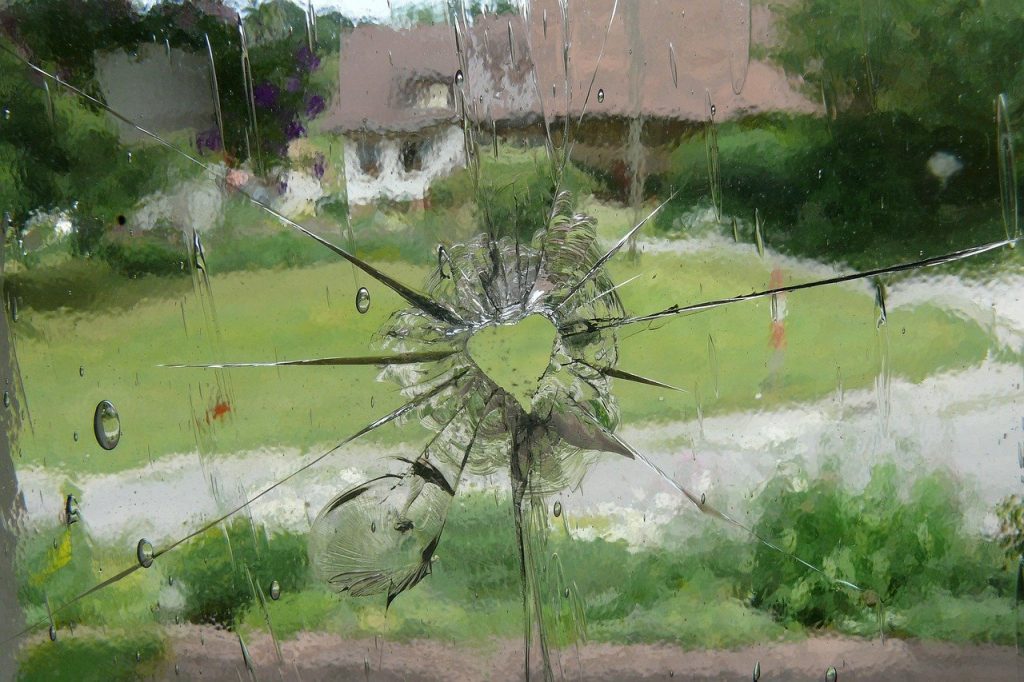When the lighting or electrical appliances in your home suddenly stop working, the cause can often be traced to a blown fuse. Although these devices are mainly found in older installations, gradually being replaced by individual circuit breakers, knowing how to check the condition of a fuse remains a useful skill.
The crucial role of the electrical fuse
Despite its small size, the fuse plays an essential role in protecting our electrical equipment. Equipped with a metal filament, it is designed to melt and interrupt the electrical circuit when the current exceeds a certain limit, thus avoiding the risk of short circuit or overload. Available in different ratings, such as 2, 10, 16, and 32 amps, the fuses are suitable for various electrical needs.
Understanding the distinction between circuit breaker and fuse
It is essential to differentiate the circuit breaker from the fuse. The circuit breaker, an electromechanical device, automatically interrupts the current in the event of an overload, allowing it to be easily reactivated. The fuse, for its part, acts as a circuit breaker which, in the event of an overload, melts to protect the electrical installation. Once blown, the fuse must be replaced to restore the circuit.
Identifying a Bad Fuse
A fuse can be inspected visually or using a multimeter to determine if it is toasted. For glass or ceramic fuses, the presence and condition of the metal filament are clear indicators of their condition. The absence of continuity, confirmed by a multimeter test, indicates that it is time to replace the fuse.
Checking without a multimeter
Start with cut off the general power, Then locate the suspect fuse on your electrical panel. By removing the fuse from its support, check the presence and condition of the indicator pad or filament. A damaged fuse will be visually identifiable and will need to be replaced.
Using a multimeter
After setting your multimeter to continuity test mode, measure the resistance of the fuse by placing the probes across its terminals. A beep or a value other than infinity indicates a good fuse, while no signal means it is blown and needs to be changed.
Changing and testing a fuse
Before changing a fuse, it is crucial to understand that these devices are located on the electrical panel, located after the meter. Replacing a fuse requires turning off the power supply, extracting the defective fuse, and replacing it with a new one of the same rating.
On an old painting
If your installation is equipped with fuses, the replacement procedure begins by identifying the blown fuse, by checking visually or with a multimeter. Once identified, replace it with a new fuse of the same amperage to restore the circuit.
Practical advice
When replacing a fuse, be sure to choose the correct amperage to avoid future overloading. If necessary, distribute electrical devices across multiple circuits to balance the load and prevent breakdowns.
- Fuses are present mainly in old electrical installations, today replaced by individual circuit breakers.
- Circuit Breaker vs. Fuse: The circuit breaker cuts off and restores power automatically in the event of an overload, while the fuse blows and must be replaced.
- The fuse contains a metal filament that melts when exposed to overcurrent, protecting devices against short circuits or overloads.
- Fuses come in different ratings (2, 10, 16, 32 amps) to suit various electrical needs.
- To check a fuse without a multimeter, turn off the power, remove the fuse from its holder and visually inspect the indicator pad or filament.
- Checking a fuse with a multimeter involves setting the device to the continuity test function and measuring the resistance at the ends of the fuse.
- The electrical panel, where the fuses are located, is located downstream of the electric meter in an installation.
- Changing a fuse requires turning off the power supply, extracting the blown fuse and replacing it with a new one of the same rating.
- Fuses equipped with indicator pads or visual characteristics make it easier to identify faulty fuses.
- It is important to choose the correct amperage when replacing a fuse to prevent the risk of overloading.
Managing fuses in your home doesn’t have to be complicated. By following these steps and tips, you can easily identify and replace a blown fuse, ensuring the safety and proper functioning of your electrical installation.







